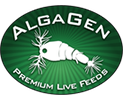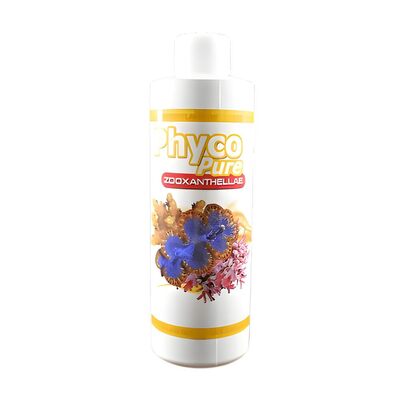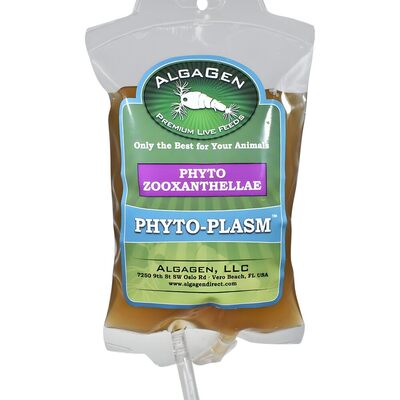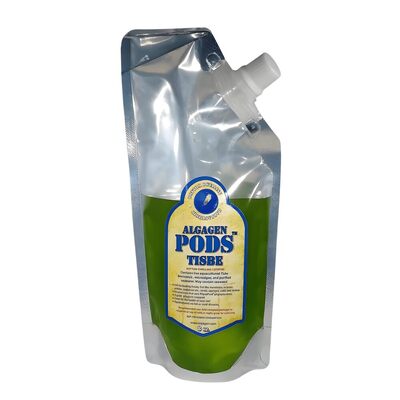Aquarium enthusiasts often focus on the visible inhabitants of their tanks, such as fish, plants, and invertebrates. However, a thriving aquarium ecosystem relies heavily on the tiny, often unseen organisms that play crucial roles in maintaining balance and health. One such group of organisms is copepods. While commonly associated with marine tanks, copepods in freshwater tanks can be just as beneficial. This article will explore copepods, their benefits in a freshwater tank, and how to encourage a healthy copepod population.
What Are Copepods?
Copepods are tiny, aquatic crustaceans found in nearly every type of water body, from oceans to lakes and rivers. They are a vital component of the aquatic food web, serving as a primary food source for various aquatic species, including fish larvae and other small invertebrates.
In freshwater tanks, copepods can be categorized into several groups, but the two most common are cyclopoid and harpacticoid copepods. Cyclopoids are generally free-swimming and more visible, while harpacticoids are benthic, meaning they dwell at the bottom and often attach to surfaces or substrates.
Benefits of Copepods in Freshwater Tanks
Natural Cleanup Crew
One of the most significant benefits of having copepods in a freshwater tank is their role as natural cleaners. Copepods feed on detritus, uneaten food, and algae, helping to keep the tank clean and reduce the accumulation of waste. Their presence can significantly decrease the need for frequent tank maintenance and help maintain optimal water quality.
Enhancing Biodiversity
Introducing copepods into your freshwater tank enhances its biodiversity. Copepods serve as a live food source for many fish species, mainly fry and small fish, which can benefit from the protein-rich diet that copepods provide. This natural food source can lead to healthier and more vibrant fish.
Supporting the Food Chain
Copepods play a crucial role in the aquatic food chain. They are an excellent source of nutrition for small fish and invertebrates, helping to support a balanced and sustainable ecosystem. Copepods can help create a more stable environment in a freshwater tank by providing a continuous food source for smaller tank inhabitants.
Indicators of Water Quality
The presence and health of copepods can also serve as an indicator of water quality. Healthy copepod populations suggest a well-maintained tank with stable water conditions. Conversely, a decline in copepod numbers can indicate potential issues with water quality or tank balance that may need to be addressed.
How to Introduce Copepods to Your Freshwater Tank
Acquiring Copepods
Copepods can be introduced into a freshwater tank through several methods. One of the most straightforward ways is purchasing them from a specialized aquarium supplier. Copepods are often sold as live cultures, which can be added directly to the tank. Another method is introducing live plants or substrates that may already contain copepod populations.
Acclimatizing Copepods
Before adding copepods to your tank, it's important to acclimate them to the water conditions to reduce stress and increase the chances of survival. This can be done by slowly mixing the water from your tank with the water in the copepod culture over an hour or two.
Creating a Suitable Habitat
Copepods thrive in tanks with plenty of hiding places and a steady food supply. Providing a variety of microhabitats, such as live plants, rocks, and driftwood, will give copepods places to hide and breed. Additionally, maintaining a healthy growth of algae and detritus ensures that copepods have ample food to sustain their population.
Monitoring and Maintaining Copepod Populations
Once introduced, copepods will naturally establish themselves in your tank. However, to maintain a healthy population, monitoring their numbers and the overall tank conditions is essential. Regular water changes, balanced feeding, and avoiding chemicals that can harm copepods are critical for sustaining a thriving copepod population.
Tips for Encouraging Copepod Growth
Providing Food Sources
Copepods feed on various organic materials, including detritus, algae, and microorganisms. Ensuring a steady supply of these food sources is crucial for maintaining a healthy copepod population. Avoid over-cleaning the tank, as this can remove the residue and algae that copepods rely on. In some cases, adding supplemental foods such as phytoplankton or microalgae can help support copepod growth.
Creating a Safe Environment
Copepods are small and can quickly become prey for larger tank inhabitants. Providing plenty of hiding places, such as dense plant growth or specially designed refugiums, can help protect copepods from predation and give them a safe environment to reproduce. Refugiums, in particular, can be highly effective as they allow copepods to breed without being eaten by fish or other predators.
Maintaining Stable Water Conditions
Copepods thrive in stable water conditions with minimal fluctuations in temperature, pH, and other parameters. Regularly testing and maintaining optimal water conditions will help ensure the health and longevity of your copepod population. Avoid using harsh chemicals or medications in the tank, as these can harm copepods and disrupt their populations.
Avoiding Over-Population of Predators
In tanks with a high population of copepod-eating species, it's essential to manage the number of predators to prevent the over-consumption of copepods. This can be achieved by carefully selecting tank mates and providing ample food sources to reduce the pressure on copepod populations.
Potential Challenges and Solutions
Balancing Copepod Populations
While copepods are beneficial, it's essential to maintain a balanced population. Overpopulation may lead to competition for resources and a decline in water quality. Monitoring copepod numbers and adjusting feeding practices can help maintain a healthy balance.
Preventing Introduction of Harmful Species
When introducing copepods from live cultures or plants, there's a risk of inadvertently introducing harmful species or parasites into the tank. To mitigate this risk, purchasing copepods from reputable suppliers and inspecting live plants or substrates for unwanted hitchhikers is advisable.
Managing Water Quality
Copepods are sensitive to changes in water quality. Sudden spikes in ammonia, nitrites, or other harmful substances can significantly impact their populations. Regular water testing and proper tank maintenance are essential to prevent these issues and ensure a healthy environment for copepods and other tank inhabitants.
Conclusion
Copepods in freshwater tanks offer numerous benefits, from acting as natural cleaners and enhancing biodiversity to supporting the food chain and indicating water quality. Aquarium enthusiasts can create a healthier, more vibrant tank environment by understanding their role and how to maintain their populations.
Incorporating copepods into your freshwater tank contributes to the ecosystem's overall health and balance and provides a fascinating glimpse into the complex and diverse world of aquatic life. Whether you are a seasoned aquarist or just starting, the presence of copepods can significantly enhance your tank's ecological harmony and visual appeal.
By following the tips and best practices outlined in this article, you can ensure that your freshwater tank thrives with the help of these invaluable micro crustaceans.





Recent post